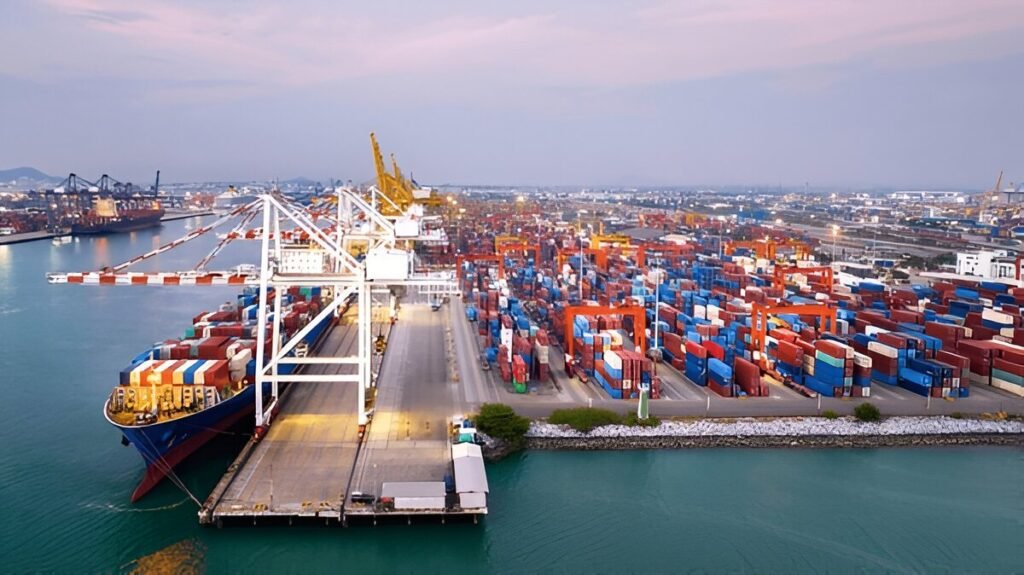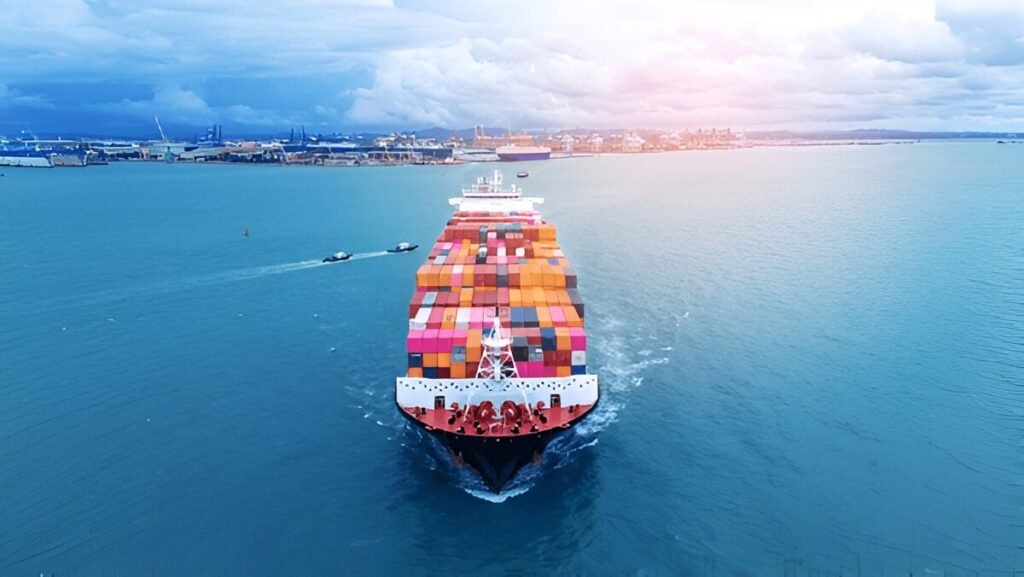Introduction
Singapore has long been recognized as a global maritime hub, owing to its strategic location along major trade routes. Its maritime heritage is deeply rooted in history, shaped by centuries of trade, commerce, and cultural exchange. From its early days as a bustling trading post to its rise as one of the world’s busiest ports, Singapore’s seafaring legacy is both fascinating and integral to its modern success.
The Beginnings of Singapore’s Maritime Trade

Singapore’s maritime history dates back to the 14th century when it was known as Temasek, meaning “Sea Town” in Javanese. The island served as a vital trading port for merchants from China, India, the Middle East, and Southeast Asia.
During the 19th century, Singapore’s status as a free port, established by Sir Stamford Raffles, attracted traders and settlers from around the world. This led to rapid economic growth and positioned the island as a crucial node in global maritime trade.
The Role of the British Colonial Era in Maritime Development
The British colonial administration played a significant role in shaping Singapore’s maritime infrastructure. The establishment of the Port of Singapore Authority (PSA) and the development of key maritime facilities ensured the efficiency and competitiveness of the port. By the early 20th century, Singapore had become a major refueling and transshipment hub for vessels traveling between Europe and Asia.
Singapore’s Key Historic Ports and Their Significance

Tanjong Pagar Port
Tanjong Pagar Port has played a critical role in Singapore’s maritime industry. Established in the late 19th century, it became one of the busiest container terminals in the world. Though much of its operations have since moved to the Tuas Mega Port, its historical significance remains as a symbol of Singapore’s maritime achievements.
Keppel Harbour
Named after British naval officer Captain Henry Keppel, this harbor has been instrumental in Singapore’s maritime growth. It served as a docking and refueling station for steamships, cementing Singapore’s importance in global trade.
Clifford Pier
Built in 1933, Clifford Pier was once the primary landing point for immigrants and traders. Today, it has been transformed into a heritage site, offering a glimpse into Singapore’s past while serving as a luxury dining and event space.
Maritime Museums and Attractions
The Maritime Experiential Museum
Located on Sentosa Island, this museum provides an interactive experience showcasing Singapore’s maritime history. Visitors can learn about ancient maritime trade routes and legendary seafarers such as Admiral Zheng He.
The Singapore Maritime Gallery
Situated within Marina South Pier, this gallery highlights Singapore’s transformation from a small trading port to a global maritime powerhouse. Exhibits include ship models, interactive displays, and historical artifacts.
Reflections at Bukit Chandu
While not exclusively a maritime museum, this heritage center commemorates the contributions of Malay Regiment soldiers who defended Singapore during World War II. It provides insights into the island’s wartime maritime activities.
The Evolution of Singapore’s Modern Maritime Industry

Singapore’s maritime industry has evolved significantly over the decades. Today, the Port of Singapore is one of the busiest in the world, handling millions of containers annually. The government has invested heavily in smart port technology, automation, and sustainability to maintain Singapore’s leadership in the global shipping industry.
Future of Singapore’s Maritime Legacy

Looking ahead, the Tuas Mega Port, set to be completed by 2040, will further enhance Singapore’s status as a maritime giant. This state-of-the-art facility will feature automated systems, eco-friendly initiatives, and enhanced efficiency to support the growing demands of global trade.
Conclusion
Singapore’s rich maritime heritage is a testament to its resilience, innovation, and strategic vision. From its humble beginnings as a trading post to its modern role as a global shipping hub, the nation’s maritime legacy continues to shape its economic and cultural landscape. Whether exploring historic ports, visiting maritime museums, or witnessing the advancements in modern shipping, Singapore offers a compelling journey through its seafaring past and future.












